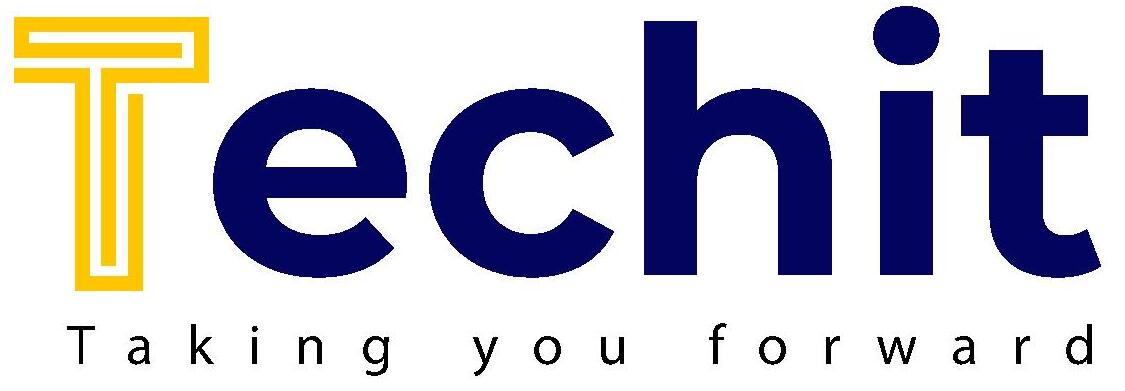The generalapproval process uses credit acceptance scorecards and involves areview of an applicant’s previous credit history using internal data andinformation held by Credit Reference Agencies (CRA). The Group requires collateral to be realistically valued by anappropriately qualified source, independent of both the creditdecision process and the customer, at the time of borrowing. Incertain circumstances, for Retail residential mortgages this mayinclude the use of automated valuation models based on market data,subject to accuracy criteria and LTV limits. The Group maintains policies setting out which types ofcollateral valuation are acceptable, maximum loan to value (LTV) ratiosand other criteria that are to be considered when reviewing anapplication.
How to mitigate credit risk
Accurate credit risk management is particularly vital because of the interdependence of supply chains. If one part of the chain becomes insolvent and defaults on payments, this can cause a domino effect https://best-hub.com/video/34108 throughout the chain. Default of the debt generally arises when a borrower fails to fulfill his payments. It is a probable case of financial loss that occurs due to a borrower’s failure to repay his loan payments. Loan terms such as repayment schedule, loan period, and interest rate directly influence credit risk.
Navigating Crypto Frontiers: Understanding Market Capitalization as the North Star
Ratings are more concerned with the probability of default and less with the severity of loss if default occurs. In the corporate debt markets, the risk of loss from bond defaults is referred to as credit risk. The issuer of a bond generally promises a fixed flow of income to those who invest. Corporate https://www.maydaycleanup.com/Faq/windows-cleaning-franchise bonds, unlike US Treasury bonds (i.e. government bonds), are not free of credit risk due to the chance that they may be unable to make payments. It’s important to know that rating agencies calculate credit risk using different methods and scores, so one credit rating agency in the UK may provide a different score for a customer than its counterpart would.
Enhanced Credit Management
- If you extend credit to customers who can’t pay, you could face cash flow issues, operational problems, or even bankruptcy.
- Because lenders want to reduce their financial losses as much as possible, they may decline a loan to a borrower they’ve determined is too risky.
- Meet Navsheen, a seasoned financial expert with a strong foundation in business economics and a proven track record in wealth management.
- Lehman Brothers heavily invested in subprime mortgages (loans given to borrowers with poor credit histories).
Technology has afforded businesses the ability to quickly analyze data used to assess a customer’s risk profile. Key metrics, which may include totalexposure, expected credit loss (ECL), risk-weighted assets, newbusiness quality, concentration risk and portfolio performance, arereported monthly to Risk Committees and Forums. There is a risk that the issuer of a bond will not pay back its face amount as of the maturity date. To guard against this, investors review the credit rating of a bond before purchasing it. A poor rating, such as BBB, is a strong indicator of a heightened risk of default, while a high rating, such as AAA, indicates a low risk of default.
Set credit limits, ask for collateral, and adjust interest rates to match risk. Keep monitoring repayments and financial health, and act early if warning signs appear, such as missed EMI payments or falling account balances. Credit risk https://energiesfroid.com/category/heat-pumps/ is the possibility of a loss resulting from a borrower’s failure to repay a loan or meet contractual obligations. Traditionally, it refers to the risk that a lender may not receive the owed principal and interest, which results in an interruption of cash flows and increased costs for collection. Although it’s impossible to know exactly who will default on obligations, properly assessing and managing credit risk can lessen the severity of loss. Interest payments from the borrower or issuer of a debt obligation are a lender’s or investor’s reward for assuming credit risk.
It is a risk that arises when there is a probability that the borrower may not be able to fulfill his financial obligations and make payment of loans. Supervisory expectations for the credit risk management approach used by individual banks should be commensurate with the scope and sophistication of the bank’s activities. Machine learning and AI are becoming a part of lending in India, especially with the fintech lenders offering personal loans, MSMEs financing, and BNPL services.
Q3. Who is a credit risk manager?
Country risk, also known as sovereign risk, is the possibility that a foreign government may default on its debt or impose measures like currency controls that prevent debtors from making payments. This risk is relevant for international lenders and investors holding debt issued by foreign governments or companies operating within those nations. It is a scenario where the borrower is either unable to repay the amount in full or is already 90 days past the due date of the debt repayment. Default risk influences almost all credit transactions—securities, bonds, loans, and derivatives. A robust credit risk management predicts negative circumstances and measures the potential risks involved in a transaction. The system measures, identifies, and controls credit risk as part of Basel III implementation.







